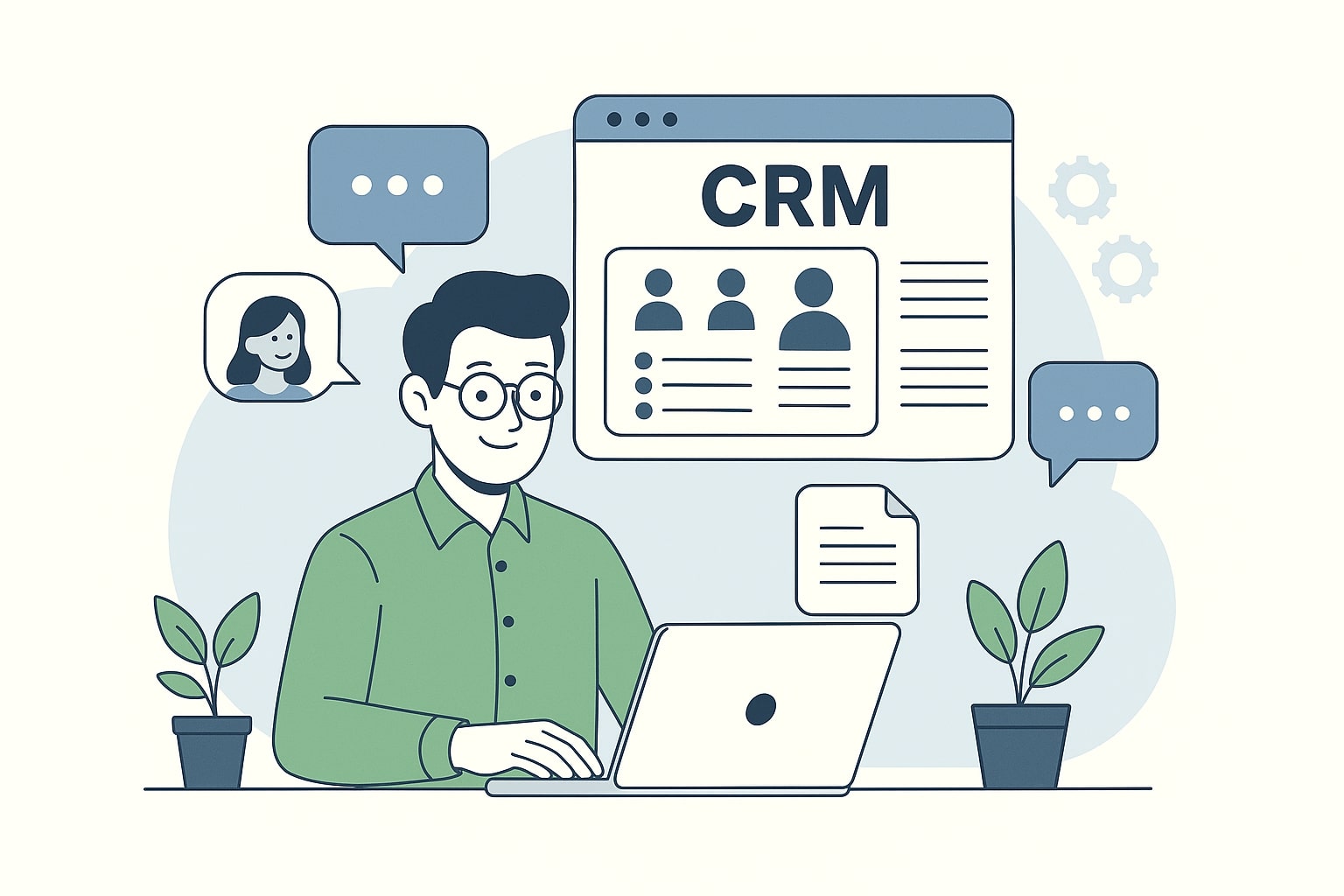Discover how Software as a Service is transforming the way businesses operate, enabling greater innovation, seamless scalability, enhanced collaboration, and
Latest articles
Discover how Software as a Service is transforming the way businesses operate, enabling greater innovation, seamless scalability, enhanced collaboration, and
Discover how Software as a Service is transforming the way businesses operate, enabling greater innovation, seamless scalability, enhanced collaboration, and
Discover how Software as a Service is transforming the way businesses operate, enabling greater innovation, seamless scalability, enhanced collaboration, and
Discover how Software as a Service is transforming the way businesses operate, enabling greater innovation, seamless scalability, enhanced collaboration, and
Discover how Software as a Service is transforming the way businesses operate, enabling greater innovation, seamless scalability, enhanced collaboration, and
Discover how Software as a Service is transforming the way businesses operate, enabling greater innovation, seamless scalability, enhanced collaboration, and
Discover how Software as a Service is transforming the way businesses operate, enabling greater innovation, seamless scalability, enhanced collaboration, and
Discover how Software as a Service is transforming the way businesses operate, enabling greater innovation, seamless scalability, enhanced collaboration, and
Discover how Software as a Service is transforming the way businesses operate, enabling greater innovation, seamless scalability, enhanced collaboration, and
Discover how Software as a Service is transforming the way businesses operate, enabling greater innovation, seamless scalability, enhanced collaboration, and
Discover how Software as a Service is transforming the way businesses operate, enabling greater innovation, seamless scalability, enhanced collaboration, and
Discover how Software as a Service is transforming the way businesses operate, enabling greater innovation, seamless scalability, enhanced collaboration, and











